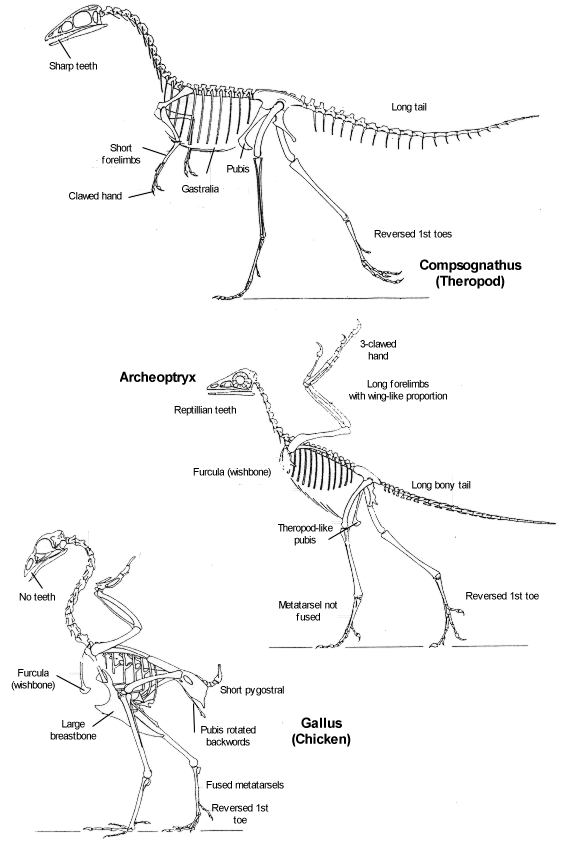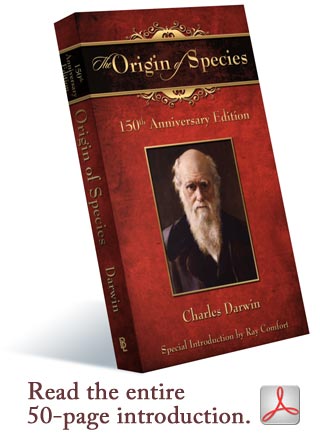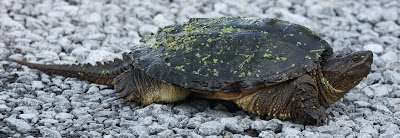Ever since taking our only class on the topic in high school, philosophy has always been my most neglected of interests. During my teenage years, the internet was a relatively new and rapidly growing wealth of information. Even then it seemed to provide access to more ideas and data and history than one could digest in a single lifetime. I read a few random essays here and there, and recall finding some of John Stuart Mill's works quite agreeable. Of them all, I remember having relished reading through his essays on
Liberty and Utilitarianism.
Busy with science and math classes as an undergraduate, I managed to squeezed in a class or two. Sadly, however I still lack much experience soaking my brain in the major philosophical works of the past and present, including those most applicable to my more scientific interests.
Once again, the internet provides an opportunity just too good to refuse!
Over on Jerry Coyne's blog,
he posted a link to the Harvard course
Justice. A fantastic opportunity to hear a top notch lecturer and learn about some really practical and interesting topics all for just one hour of your time each week.
The lectures for each week are available free online via
Harvard's YouTube page and I fully intend on devoting an hour each week for the next few months to watch them all.
If you'd like to follow along as well, you can get caught up with what's below (just two episodes as of September 27, 2009):
So what's the course about?? Lecturer Michael Sandel explains in the first video above, but here's the gist of it. In the course, the students will be reading the classic works by folks you've likely heard of (Lock, Kant, Mill, etc..). The video we'll see looks like it will be a lot of debate and reflection back to the big ideas coming out of that reading. In addition to those classics, they'll also
...take up contemporary political and legal controversies that raise philosophical questions. [The class] will debate equality and inequality, affirmative action, free speech versus hate speech, same sex marriage, military conscription - a range of practical questions. Why? Not just to enliven these abstract and distant books, but to make clear - to bring out - what's at stake in our every day lives including our political lives, for philosophy.
The first lecture begins with a couple hypotheticals - the first of which I had heard before and I clearly remember being quite frustrated with as I found myself caught justifying my hypothetical "moral actions" with logic and moral presuppositions that just didn't seem work as well as I had thought.
The examples basically work as follows [
spoiler alert!]. You're faced with a life or death decision: your holding a steering wheel of an unstoppable trolly car facing one of two options: whether to take the tracks to the left and kill 5 people or take a right and kill 1 person. The decision is easy - right. Right? Right... or is it. After all, we should clearly aim to prevent as much death as possible! Right?
Next, consider a similar but slightly different scenario. There's a single rail with 5 people down the track (say, in a tunnel) each facing certain death by an approaching runaway, unmanned trolley car. You and one rather large stranger are on a bridge above the tracks when you notice the gravity of the situation. You know for
certain that (don't worry about how, just assume you do) that pushing the bulky stranger towards the edge, down onto the tracks ahead of the car, will derail it saving the lives of the 5 people that would otherwise certainly perish. So now - fighting that urge to make excuses here - what do you do? Still just as simple as 1 life versus 5 lives?? Do you push, or let the 5 workers die? Seems like the same question, right, so why isn't the decision so easy this time?
In the first episode Sandel presents these and a couple other hypotheticals to highlight and compare two of many kinds of moral reasoning - that is, ways of basing our decisions on some moral foundation, some basis for establishing what is
right or
wrong,
good or
bad, etc. - that we each use to make decisions on a daily basis. In this case, these are
- Consequentialist moral reasoning, which "Locates morality in the consequences of an act."
- Categorical moral reasoning which "Locates morality in certain duties and rights."
The classic question of whether we look to the "
ends" or the "
means" (or both? or something else?) in establishing the moral value of our potential decisions.
While I'm looking forward to the rest of the lectures (and hope some of you are too), I should mention Michael Sandel's warning to students about the risks of taking his course:
To read these books, in this way, as an exercise in self knowledge. To read them in this way can carry certain risks. Risks that are both personal and political. Risks that every student of political philosophy has known. These risks spring from the fact that philosophy teaches us - and unsettles us - by confronting us with what we already know.
There's an irony - the difficulty of this course consists in the fact that it teaches what you already know it. It works by taking what we know from familiar unquestioned settings and making it strange. That's how those examples worked. Those hypotheticals with which we began, with their mix of playfulness and sobriety. It's also how these philosophical books work. Philosophy estranges us from the familiar - not by supplying new information, but by inviting and provoking a new way of seeing.
But, and here's the risk, once the familiar turns strange it's never quite the same again. Self knowledge is like lost innocence - however unsettling you find it, it can never be un-thought or un-known.
What makes this enterprise difficult - but also riveting - is that moral and political philosophy is a story, and you don't know where the story will lead. But what you do know is that the story is about you.
Those are the personal risks. Now what of the political risks? One way to introduce a course like this would be to promise you that by reading these books and by debating these issues you will become a better more responsible citizen. You will examine the presuppositions of public policy, you will hone your political judgment, you will become a more effective participant in public affairs. This would be a partial and misleading promise.
Political philosophy for the most part hasn't worked that way. You have to allow for the possibility that political philosophy may make you a worse citizen rather than a better one. Or at least a worse citizen before it makes you a better one. And that's because philosophy is a distancing (even debilitating) activity.
...philosophy distances us from conventions, from established assumptions, and from settled beliefs.
In short, one could justify
not taking such risks by something like the following:
If the greatest philosophers of the past centuries couldn't resolve these issues - who are we to think we can do it?! As Sandel puts it, "
Maybe it's just a matter of each person having his or her own principles, and there's nothing more to be said about it?"
This might seems like a reasonable objection, but to this he offers the following reply:
... the very fact [these questions] have recurred and persisted may suggest that though they are impossible in one sense, they're unavoidable in another. And the reason they're unavoidable, the reason they're inescapable, is that we live some answer to these questions every day... just throwing up your hands and giving up on moral reflection is no solution.
Hope to see you in class ;)
 If you recall my post from back around Thanksgiving, the Wild Turkey -- like all birds -- is a modern day dinosaur. What better opportunity to share this little fact with your friends and family than over the Christmas Turkey?
If you recall my post from back around Thanksgiving, the Wild Turkey -- like all birds -- is a modern day dinosaur. What better opportunity to share this little fact with your friends and family than over the Christmas Turkey?















![[CLICK TO ENLARGE]](http://i48.photobucket.com/albums/f226/MileHighReptile/7.jpg)









![An adult that nested on the Cornell campus - 29 April 2009. [Click to enlarge]](http://1.bp.blogspot.com/_COnkiDzcPPA/Sqa6NZQToRI/AAAAAAAAELE/y30s0uMrJGo/s320/rtha_bunny_campus.jpg)






